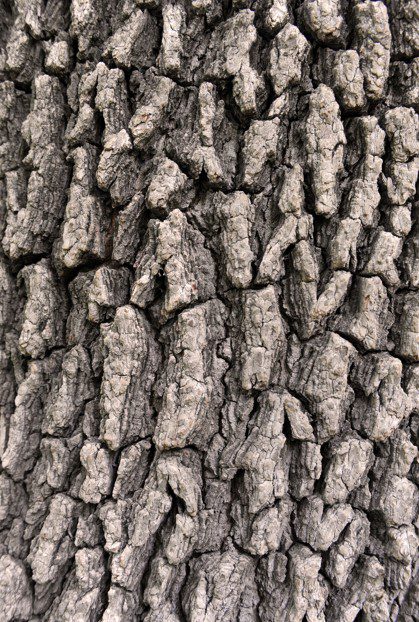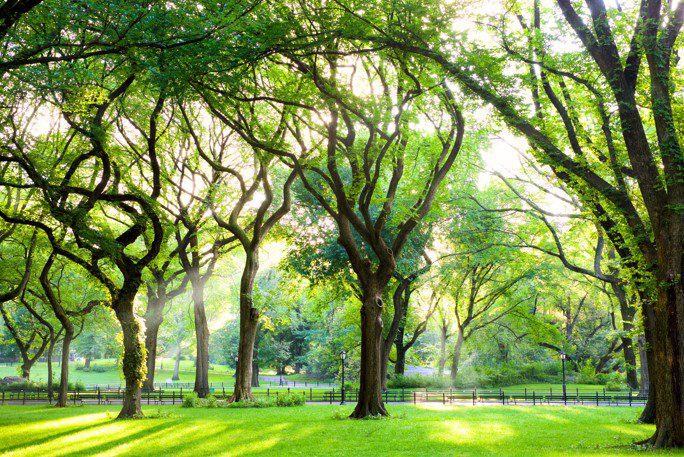Elm Trees Rotting
Elm trees were once part of the trees of hardwood that dominated the eastern coast in North America. It changed dramatically in the 60s and early 70s as the trees began dying street by street.
When horticulturists discovered the root of the issue caused by a fungus spread by European Elm bark beetle and native elm bark beetles, boulevards were lined with stumps, and the problem was heading towards the west.

Elm beetles can be found in the winter as larvae in dead bark. It can happen on dying or dead trees or elm firewood. As the temperature rises, the insects complete their growth cycle and appear as beetles, which feed on elms from mid-May to cool in autumn. Again, the tunnel beneath the bark, waiting for spring.
Scientists have discovered that elm beetles generally remain in the same place and never move much. Beetles travel between trees and are occasionally blown off by the wind; however, they seldom, if ever, travel large distances by themselves. The absence of movement allows them to be more effective in preventing new infections and controlling old ones.
How to Prevent Elm Trees Rotting
One option is to ensure that the trees are in the present state of health, as insects are known to strike stressed plants but not healthy ones.
Elms can be maintained in good health by ensuring hydrated throughout the growing season, which runs from April through July’s end. They must also be adequately watered in the autumn, ensuring they can retain moisture as they enter winter dormancy.
When beetles aren’t moving, all dying or dead branches should be removed from the tree between October 1 to April 1. Don’t cut elm trees in the summer, as cuttings allow beetles to get into the tree.
If there is a dead branch in their tree must wait until October to take away any debris. However, this is not the situation when the Dutch Elm fungal infection has affected the tree. If the tree is infected, it has to be removed and burned as soon as possible.
Elm Trees Restrictions
The transport, storage, or sale of the wood of elm trees is not allowed.
Human restraints for humans have been implemented to stop the beetle from spreading and destroying the trees that are already in existence. This has proven to be effective since
Alberta has had only occasional episodes. Park workers install the traps and keep an eye on them inside Elm trees. This allows the insect population to be tracked regularly.
If an infected tree is identified, as was found in Wainwright in 1998, it’s removed and burnt. In the event of leaving it there, it could cause beetles to spread to nearby trees. This was a one-off incident that occurred when an individual brought in firewood from a different province.
Dutch elm disease
The signs of Dutch elm disease vary based on the type of beetles that are present. The smaller European bark beetle of the elm feeds on small twigs in the upper part of the tree.
The first sign that illness is in the tree is yellowing, followed by wilting and thinning of twigs and small branches. If the branch is taken off after a thorough examination, dark brown streaks appear beneath the bark.
The beetle has been discovered in elm trees throughout Alberta; however, at present, the captured beetles are not affected by fungus.
The native bark beetle of elm is an enormous insect that burrows in branches of at minimum two to four inches (6 10 cm) in diameter. Initial signs include yellowing and wilting on the entire branch or part within the trees.
Brown streaks are visible beneath the bark, on the bigger branches, to the lower branches, from the initial inflammation. The smaller branches at the highest point of the tree should be clear of discoloration.
The fungus responsible for Dutch Elm Disease is similar to the pine beetle. It blocks all phloem and tubes that transport liquid and nutrients around the tree. Since the tubes are gradually blocked, the affected parts of the tree start to die and die.
Conclusion
Elms, American and Siberian, develop into spectacular shade trees, distinguished by their habit of growth and branches that join to the trunk at an angle to form the shape of a V.
If they are well maintained, they will live over a long period creating substantial shade trees. There’s a place for them in every big park, yard, boulevard, farm, or acre.
There are many of these trees in the local area, according to provincial regulations. Ensure they are in good health.


























